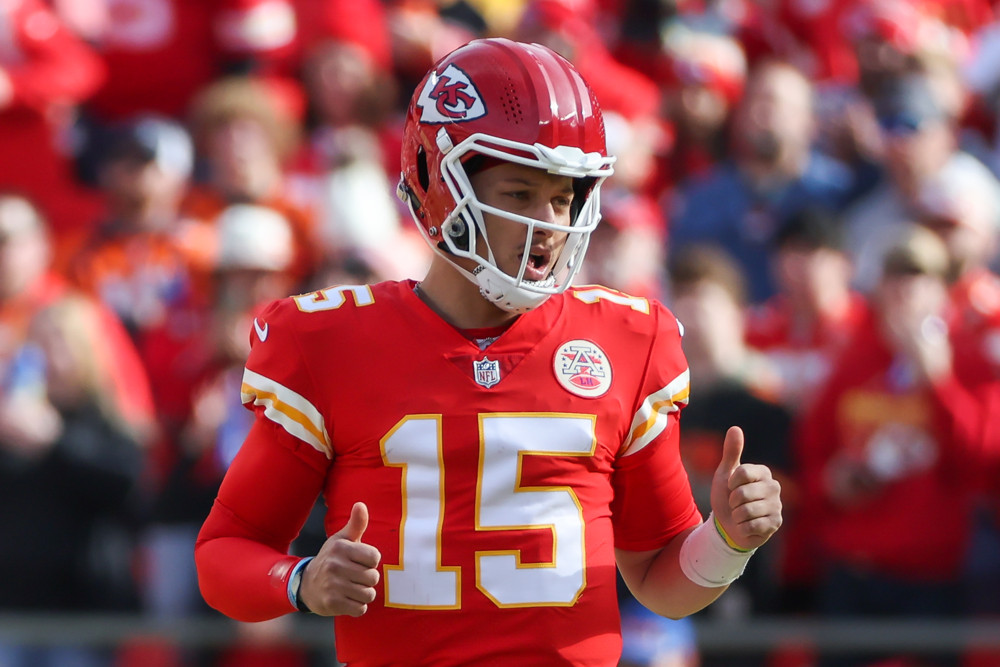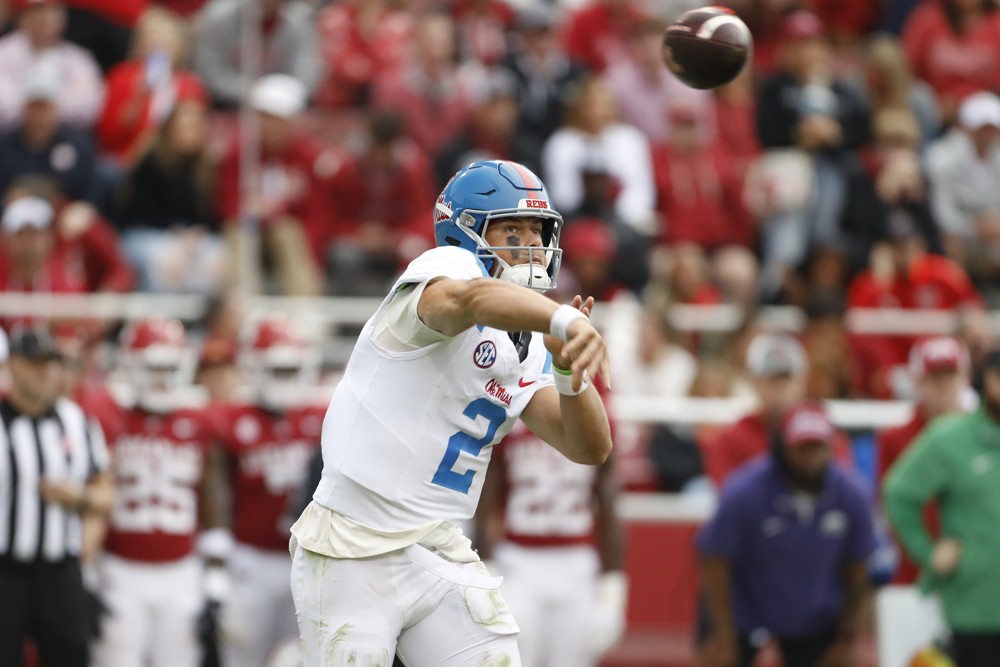By BRYCE ROSSLER
For now, EPA is a decent measure that can contextualize yardage, indicate what is and isn’t valuable, and advise us of what the most prudent course of action is most of the time. But, we can’t stop there.
Take, for example, the case of the much-maligned second-and-10 run. Whereas conventional wisdom holds that a team should run to set up a more manageable third down, EPA frowns upon the decision to run and suggests that teams should pass instead.
Dating back to 2016, the average EPA/attempt in such situations is -0.29, compared to -0.11 for a pass (note that here and moving forward, we’re excluding all plays in which either team had a lead larger than eight points in the fourth quarter). For these reasons, the play call is widely regarded by the analytics community as the coward’s way out and, in some ways, it is. But, blanket EPA is only part of the story.
Risk management is undeniably a component of decision-making in football. So, perhaps a more reasonable theory about second-and-10 playcalling is that most teams should pass most of the time. Something that should be taken into consideration is eventual first down rate (EFDR), which indicates that running it on second-and-10 isn’t the end of the world. In fact, if a team runs on second-and-10, it is still more likely than not to convert that set of downs.
Since 2016, there have been 2,129 designed runs on second-and-10. And in 1,095 (51 percent) of those instances, the team in question ultimately moved the chains. Now, EFDR still favors passing; over that same time period, teams took to the air 3,025 times and eventually picked up a first down 57 percent of the time. However, passing has risk factors that running does not, namely sacks and interceptions.
For example, the turnover rate on such rushing plays is 0.5%, whereas the interception rate for passing is over three times that figure — 1.8%. Sacks also occur on 5.6% of those plays, and strip sacks recovered by the defense bump the turnover rate to 2.2%. There’s also the problem of incompletions and checkdowns that go for zero or negative yards. Second-and-10 dropbacks produce non-positive yardage 39 percent of the time, and the mode yardage for passing plays is 0, whereas the counterpart figures for rushing are 18 percent and 3, respectively.
EPA failures on passing plays are also far less manageable than EPA failures for rushes. Compare the average EPA value on the set of passing plays with negative EPA values (-0.92) to that of rushing plays (-0.69), and it becomes apparent why some coaches favor conservative decision-making in these scenarios.
Now that we’ve properly quantified some of the motivations for why coaches may elect to run on 2nd & 10, let’s examine some third-down hypotheticals tailored to the data presented above.
Since the most common rushing gain on second-and-10 is three yards, we’ll examine 3rd-and-7 situations, of which there have been 1,144 instances since 2016. Passing is generally more optimal in this scenario, and 481 of 1,117 third-and-7 dropbacks lead to eventual first downs, a rate of 43 percent.
Good luck if you gain no yardage on a run or throw an incompletion on second-and-10 though. Of the 1,175 third-and-10’s, teams only converted through the air at a rate of 33 percent on 1,143 passes –- a stark difference of 10 percentage points. It’s even worse if you get sacked on a second-and-10 dropback. The mode yardage lost on sacks is 7 yards, and 176 third-and-17 situations imposed a daunting 18 percent conversion rate on 148 dropbacks.
Now, to retrace our steps, conventional wisdom tells us that running on second-and-10 can give a team a more manageable third down. This is true if we’re only considering yards-to-go, but we must consider how down and distance can affect pressure rates. The pressure rates in third-and-7 and third-and-10 are 30 percent and 31 percent, both high figures. This can likely be attributed to the predictability of the pass inherent in those set-ups.
Quarterbacks on second-and-10, however, are pressured just 22 percent of the time. Therefore, it can be prudent to go ahead and pass if a coach is worried about his quarterback’s ability to perform under pressure. Generally speaking, a coach should certainly factor his team’s personnel when making any decision. The difference in pressure rate is already built into some of the analysis above, but it’s worth mentioning here to give a sense for why performance declines on third-and-long.
The conclusions we can draw from this can be summarized thusly:
1. EPA and EFDR favor passing, and
2. Most teams should still pass most of the time on second-and-10, but
3. Rushing on second-and-10 is still more likely than not to eventually result in a first down, and
4. Second-and-10 passing is a bimodal proposition which has risks that merit consideration, and
5. Some teams should run most of the time on second-and-10.
I intend to do further research that will analyze these components on a team level and how the above assertions comport to organizational trends, indicating that most coaches are more efficient decision-makers than we may believe.


